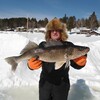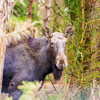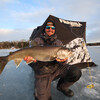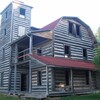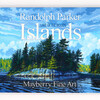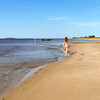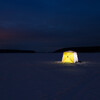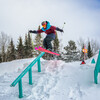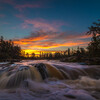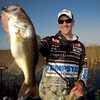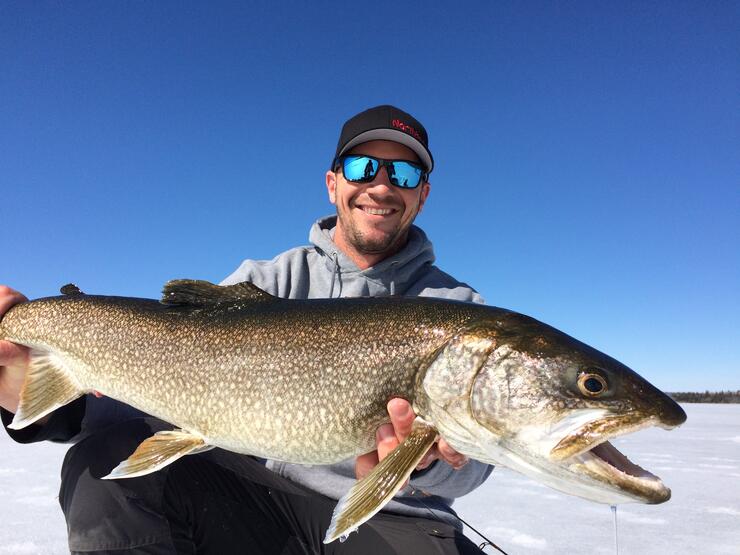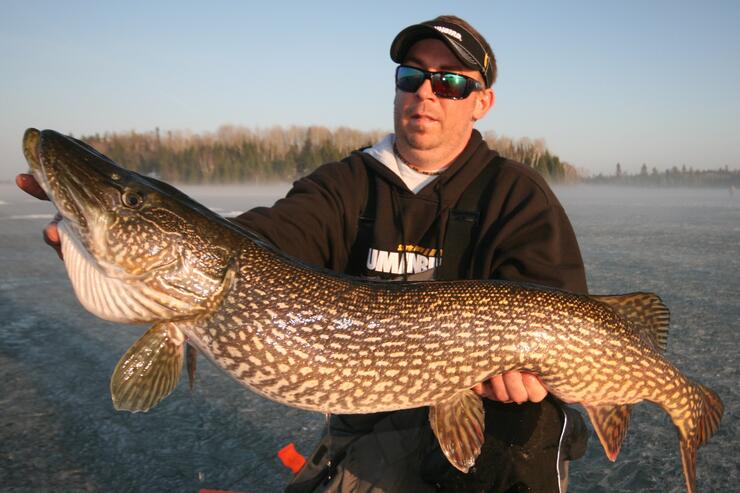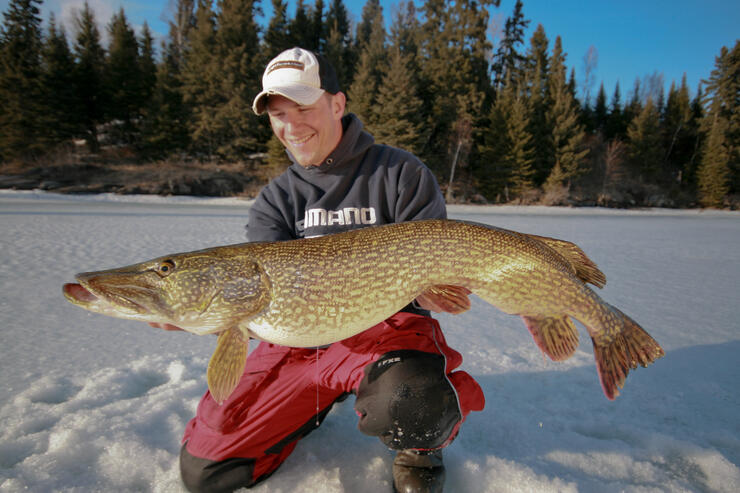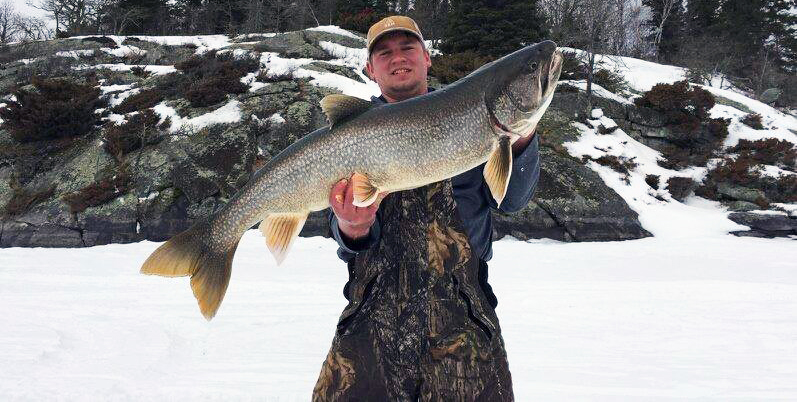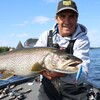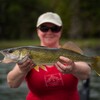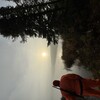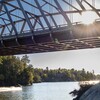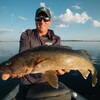Tips for Tip-ups
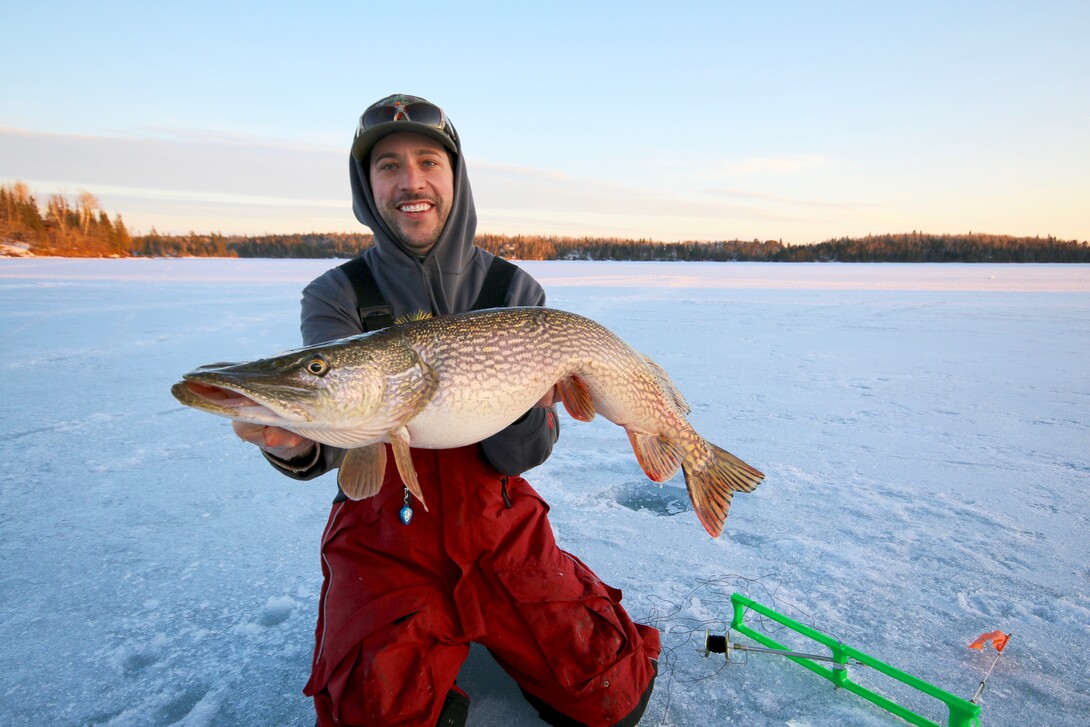
Using Tip-Ups for Ice Fishing
When it comes to ice fishing, it's surprising how many different techniques there are to catch fish, considering the only way to get a lure in front of the fish is to drop a line through a hole. While using a traditional rod and reel remains the most popular tactic for many anglers, tip-ups—which hold a presentation stationary beneath a hole—have their time and place as well. Here's what you need to know about them.
WHAT TO EXPECT
Tip-ups are not the best for light line, finesse presentation that we typically use for panfish or smaller trout and walleye. They handle heavier lines very well and are better suited for larger predators like lake trout, larger walleye, and especially pike.
There are a couple of different designs of tip-ups: disc style and rail style. Disc tip-ups cover the hole and help insulate it to slow the formation of ice. Rail style works fine, but when it’s chilly out they require anglers to make the rounds every so often to keep the holes open. Rail-style tip-ups also don’t store as easily as the disc-style, which fits perfectly into a five-gallon bucket. I carry only the disc-style tip-ups with me and the best one I have found so far is the Frabill Pro Thermal Round Tip-up.
When it comes to spooling up your tip-up, I like to use a heavy line, which is easier to handle and resists tangles. I like 30 or 40-pound test designed for use on tip-ups. For lighter presentations, I’ll just attach a lighter leader of mono or fluorocarbon line to the heavier tip-up line.
DOWN TO BUSINESS
Now, for the fishing. I’m going to keep it short and simple here. If you want to consistently put large pike on the ice you need to add a couple of tip-ups to your arsenal. Through all my years of ice fishing, my friends and I have a lot of days on the ice chasing pike, and there is no better way to catch a big pike than by hanging a dead cisco or sucker minnow on a quick-strike rig beneath a tip-up.
This technique has been well documented on both TV fishing programs and in fishing publications over the years. In fact, most of the folks that document this technique come to Sunset Country to do so! We have some of the best pike fishing on the planet right here in Northwest Ontario with a great shot at giant fish on dozens of waters.
SET-UP
The setup is quite simple. I use a quick-strike rig, like the Northland Predator Rig, or you can make one yourself and tie it directly to the heavy tip-up line. It comes with two treble hooks, one that I’ll hook through the back of the dead bait, near the dorsal fin, and another hook that I’ll attach near the head of the minnow. The way the Predator Rig is designed, it hangs the bait in a natural fashion. Let the bait fall to the bottom and then set it a foot or two above the bottom and let it hang. Pike will find it—trust me! We have tried live minnows for this over the years, but they simply do not work as well as dead baits for pike. 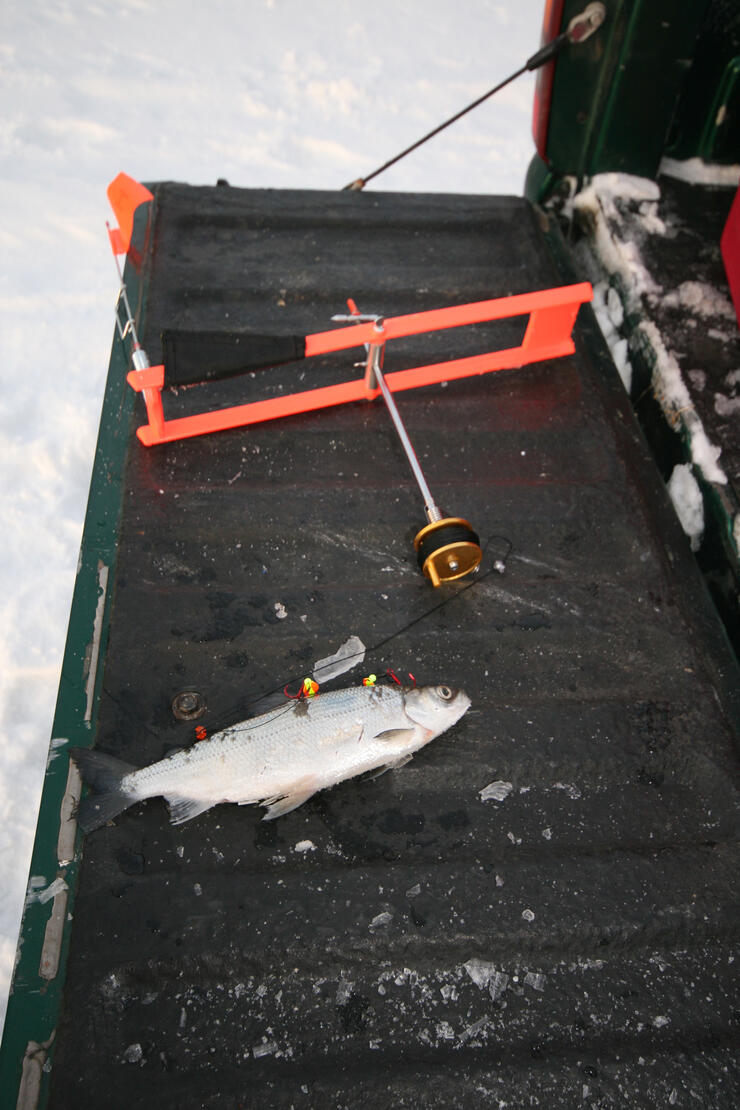
WHEN AND WHERE
When it comes to location, through the early-mid winter timeframe I like to set up on main lake structures like points or humps—the same places we fish for walleye. We can use two lines while ice fishing in Ontario, so my friends and I will usually each drop a tip-up with a pike bait then jig for walleye with our second line. It works out well because we usually catch a few walleyes for dinner and then a trophy pike or two for a photo.
March is prime time for big pike, as they move towards shallow spawning bays where they will do their thing shortly after the ice melts. Pike are very predictable in the weeks leading up to ice out as they set up in the first bit of deeper water coming out of the shallow bays. This is usually in eight to 15 feet of water. My experiences have been that they just patrol these flats coming out of the shallow bays before they move up shallow as soon as the ice goes. It’s the best time of the year to catch a big pike and using tip-ups is by far the best way to catch one!
When it comes to walleyes and lake trout, you can simply attach a jig and minnow to your tip-up and let it hang as a second line to your jigging rod. These fish prefer a subtle, stationary presentation some days so it’s always worth a shot.
If you visit us in Sunset Country to do some ice fishing, don’t forget to pack a couple of tip-ups!
Here are some Bait and Tackle Shops in Ontario's Sunset Country where you can buy tip-ups.
Recommended Articles

Is the 1,400 Kilometre Drive to Northwest Ontario For a Fishing Trip Worth it?
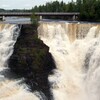
8 must-see waterfalls

6 Ways to Get Your 10,000 Steps This Fall

Top 5 Reasons You Should Be Fishing in Morson, Ontario

Discover The Winnipeg River

Enjoy Sunset Country's Fall Colours on Your Next Road Trip

Fishing in the Fall?

6 Reasons to Book a Fall Vacation to Sunset Country

10 Reasons to Avoid Ontario’s Sunset Country

Heading Across Canada?

A Guide to Sunset Country Museums
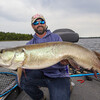
The Promised Land: Best Muskie Fishing in Ontario

Fall Fishing Tips
5 Essential Boreal Experiences in Ontario's Sunset Country

5 Obscure Facts About Northwestern Ontario: Were You Aware of These?

Great Food in Relatively Unknown Places
Outdoor Medicine

A Guide to Bringing Your Pets on Vacation to Canada

There's more than just fishing in the Red Lake Region

5 Amazing Sights You Can Only See By Boat

Going Fishing in Canada?

Going fishing in Ontario?

Outdoor Adventure in Ontario's Northern Paradise
Planning A Family Fishing Trip to Canada

Tips from a Fishing Legend


